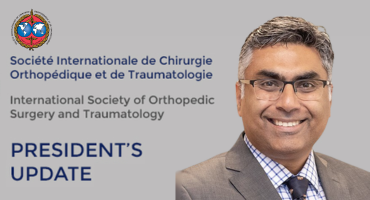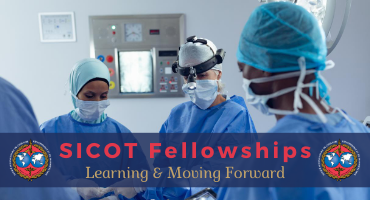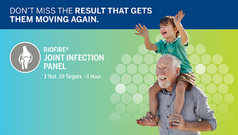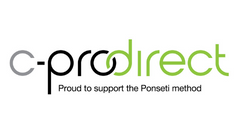Vancomycin-soaking of the graft significantly reduces the incidence of septic arthritis following anterior cruciate ligament reconstruction: comparison of cohorts from the Single-Centre database
Int Orthop. 2025 Jun 30. doi: 10.1007/s00264-025-06594-1. Online ahead of print.
ABSTRACT
PURPOSE: Presoaking of hamstrings autograft in vancomycin solution has been associated with significant reduction of post-operative septic arthritis rate after anterior cruciate ligament (ACL) reconstruction. The purpose of this study was to evaluate this effect by comparison of cohorts from the single-centre database.
METHODS: In a period between January 2018 and November 2023, 1329 patients underwent ACL reconstruction surgery at our institution, with a newly introduced technique of soaking the hamstrings autografts in a 5-mg/ml vancomycin solution. Data was retrospectively analysed to identify post-operative knee septic arthritis rate amongst this group. Results were compared with the results from our previous study, which included 1891 patients from January 2007 to December 2017, when ACL reconstruction surgery was made at our institution without soaking the autografts in vancomycin solution.
RESULTS: Results showed that one (0,07%) out of 1329 patients who underwent ACL reconstruction with vancomycin-soaking of the graft developed knee joint infection after the surgery, while using the old method the infection rate was 1,4%. Statistical analysis showed that there is a significant difference in the infection rate between two groups (OR, 0,05 [95% CI, 0.0073-0.3982]; p < 0.01).
CONCLUSION: Presoaking of the hamstrings graft for ACL reconstruction in 5 mg/ml vancomycin solution as an addition to standard pre-operative intravenous antibiotic prophylaxis is associated with significant reduction of post-operative infection rate.
PMID:40586927 | DOI:10.1007/s00264-025-06594-1







